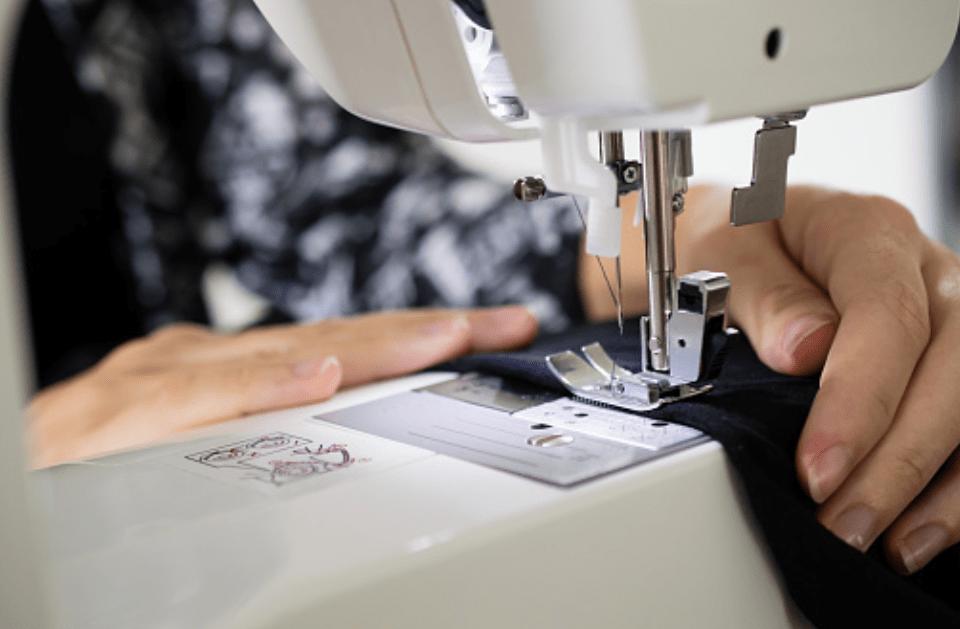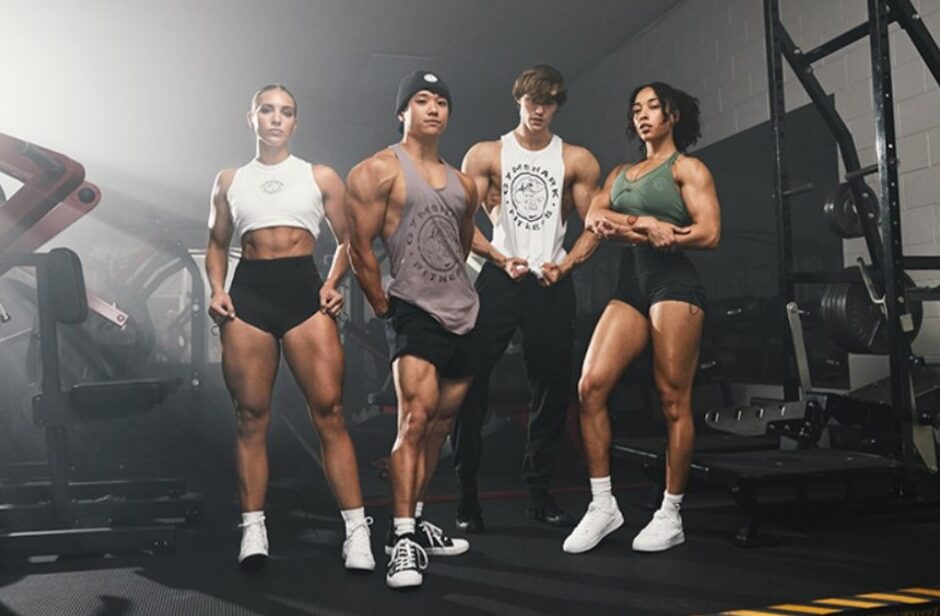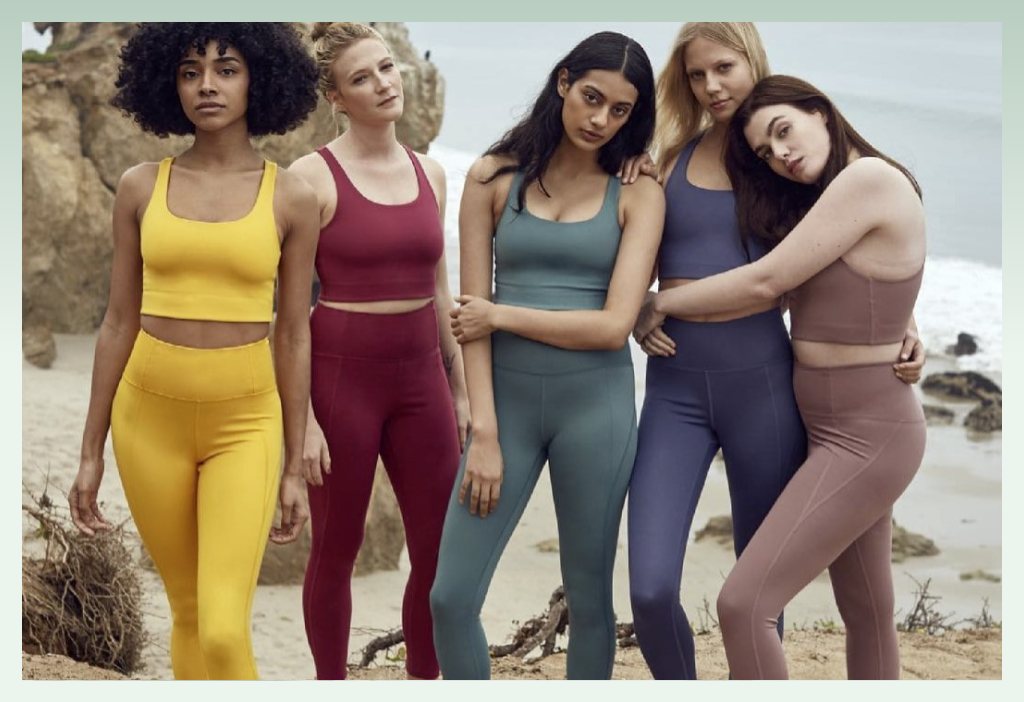Ever wondered what hoodie prints will look like in 2025? As a maker deeply involved with fabric trends, I can tell you that the future is all about flexible, bold, and eco-smart prints that match what buyers want—especially those searching for organic cotton, hemp, or bamboo blends.
Hoodie printing in 2025 is shaping up around five major trends: eco-friendly inks (like water-based, UV‑DTF, biodegradable), minimalist embroidery, oversized bold graphics using UV‑DTF, interactive tech prints (glow-in-the-dark, reflective), and AI-driven custom art on demand. Brands are blending sustainability with standout design to meet buyer expectations and market shifts.
Let’s dive into these top trends—each one tuned to what B2B buyers care about: quality, cost, comfort, and staying ahead of the curve.
1. Eco-Friendly Inks & Processes: Will sustainable printing become the norm?
Leading up to 2025, print shops and textile manufacturers are swapping traditional inks for greener alternatives. It’s no longer niche—it’s expected.
Eco‑friendly hoodie printing uses water-based, UV‑DTF, and biodegradable inks, ideal for organic cotton, hemp, or bamboo hoodies. These inks reduce harmful chemicals, save water, and align with sustainability credentials many buyers need when sourcing fabrics.
Dive deeper
From experience, adding eco inks to a tech pack sends a powerful signal: we care about substance, not just style. But here’s what’s important to know:
Water-Based Inks
- Soft feel, as ink soaks in rather than sits on top.
- Once seen as dull, new blends make vibrant prints possible even on dark hoodies
- They use less PVC but require thorough cleanup—screens must be rinsed often .
UV‑DTF
- Combines UV-cured ink and DTF transfer to produce high-opacity, durable prints that last .
- Works well on blends without needing heavy curing cycles.
- Many suppliers use low‑VOC formulations and biodegradable PET film .
Biodegradable Ink Options
- Plant-based and algae inks exist, though fully biodegradable formulas are still emerging .
- Brands may be able to showcase eco certs or ink provenance in their marketing or spec docs.
Table: Ink Comparison
| Ink Type | Feel | Environmental Impact | Best For |
|---|---|---|---|
| Water‑Based | Soft, breathable | Lower PVC, careful rinse | Organic fabrics, soft-wear hoodies |
| UV‑DTF | Durable, opaque | Low-VOC, low waste | Hemp/cotton blends, bold prints |
| Biodegradable | Still emerging | Plant-based, eco, niche | Premium eco-focused collections |
By specifying “water-based or UV‑DTF ink” in your order, you tell sales reps you’re serious. That kind of clarity helps prevent miscommunication and ensures compliance with eco standards—without delaying delivery.
2. Minimalism Meets Impact: Will subtle embroidery and discreet graphics gain ground?
While big prints grab attention, by 2025, a growing audience wants quiet luxury.
Minimalist, small-scale embroidery and discreet graphics signal quality over flash. These details—like a tiny logo on the cuff, sleeve, or chest—offer a premium, sophisticated look with clean branding that buyers appreciate for adult apparel lines.
Dive deeper
In meetings, buyers often ask: “What tells wearers this is premium?” Subtle design does the trick:
Embroidery
- Looks clean and upscale—a small stitch on chest or cuff subtly elevates the garment.
- Thread matches or contrasts—like tone-on-tone navy on dark hemp hoodies.
- Buyer benefit: stitching lasts through wash and wear; no peeling decals.
Discreet Graphics
- Think small heat-pressed logo near hem or sleeve.
- Achievable with UV‑DTF or water-based ink.
- Places: cuff, lower hem, back shoulder—no print crowds the chest.
- Makes inventory versatile: consumers can wear it as everyday wear without being loud.
This minimalist trend aligns with fabric blends like hemp/cotton: comfort meets clean design. Brands sourcing for North American, European, or Australian markets—where mature shoppers want subtlety—often combine certified fabric + minimalist branding. It's a sign of thoughtful production and refined taste.
3. Bold & Oversized Graphics: Will maximalism return in streetwear?
Yes—and tech improvements make it bolder than ever.
Oversized, high-impact prints remain strong for streetwear audiences. Thanks to UV‑DTF, brands can get bright, durable, large-scale images on eco-friendly fabrics, hitting that visual impact while staying sustainable.
Dive deeper
Streetwear brands still love big visuals—here’s why 2025 strengthens the case:
Visual Strength
- A hoodie with full-forward chest print, back image, or sleeve graphics stands out on the street and socials.
- UV‑DTF prints stay crisp, resistant to cracking or fading.
Fabric Match
- Hemp-blend hoodies used to be tricky for bold prints. UV‑DTF now handles blends beautifully .
- Offers both impact and eco credentials.
Design Possibilities
- Prints can wrap around seams or across pockets seamlessly .
- Great for large brand logos, graphic art, or seasonal street styles.
Buyer Benefits
- High perceived value + eco-friendly = strong price positioning
- Bulk-friendly: print once, apply to multiple eco-fabric stocks
- Reduces complexity vs. layering vinyl or multiple screen runs
So whether you sell to Gen-Z streetwear stores or adult casualwear labels, oversized art on sustainable hoodies is a compelling combo in 2025.
4. Tech & Interactive Prints: Will hoodies get smarter?
Print is becoming an experience, not just decoration.
Reflective inks, glow-in-the-dark effects, and even printed circuits are entering hoodie printing. These interactive elements enhance safety, create visual interest, and add functional value—especially for outdoor, athletic, or savvy urban brands.
Dive deeper
Here’s what’s hot—and useful—in futuristic hoodie prints:
Reflective Inks
- Good for safety and nightwear—popular with cyclists/runners.
- Can be used as outlines or entire panels, integrated with minimalistic designs.
Glow-in-the-dark
- Kids and festival markets love it, but adult lines use it too for playful details.
- Prints that charge in light, offer subtle nighttime glow.
Printed Circuits & Conductive Patterns
- Labs are already testing conductive ink to embed LED patterns or sensors in clothes.
- Could power small lights or track movement—useful for performance wear or safety gear:contentReference[oaicite:8]{index=8}.
Application & Production
- Reflective and glow inks apply like water-based or plastisol—no special gear.
- Conductive prints may need layering and special curing, but limited runs are plausible for performance niches.
As a buyer, asking suppliers about reflective or interactive inks shows you’re forward-thinking. It's a pathway to bringing innovation into adult hoodies without becoming gimmicky.
5. AI‑Driven & Custom Art Prints: Will personalized hoodies become the norm?
Imagine small runs with unique designs—without big setup costs.
AI-generated designs let brands offer on-demand, one-of-a-kind hoodies. Buyers can create custom art per order, blending exclusivity with sustainability. This flexibility fits small batch models and helps avoid costly overstock.
Dive deeper
Here’s why AI art in hoodie printing matters:
Custom Art Made Easy
- AI tools (like DALL·E, Midjourney) generate unique artwork instantly.
- Buyers can input brand keywords (“surf sunset,” “abstract lines”), tweak shapes, colors, styles.
On-Demand Printing
- Use DTG/DTF to print single hoodies—or small runs—without setup fees.
- Cuts waste, perfect for limited editions or personalized orders.
Sustainability + Exclusivity
- Consumers pay more for unique items—AI prints justify higher margins.
- Brands avoid overproduction, staying lean and eco-friendly.
Workflow Integration
- Tech-forward suppliers now offer design portals connected to print systems.
- Suppliers can link AI art libraries with DTF machines to scale small custom orders.
Example: A European brand on Alibaba launched a 10-piece drop with unique AI-generated hoodies in hemp blend. They sold out fast and gained press for combining technology, eco-fabric, and speed.
As a B2B buyer, you can request: “Show me AI-unique samples using DTF on hemp blends.” It’s a badge of innovation—and profitability.
Conclusion
5 top hoodie-printing trends in 2025 point the way: sustainable inks, quiet luxury, bold eco-graphics, interactive tech, and AI customization. Brands that mix quality, innovation, and values—just like we focus on at Taian Lianchuang—will lead the pack.





